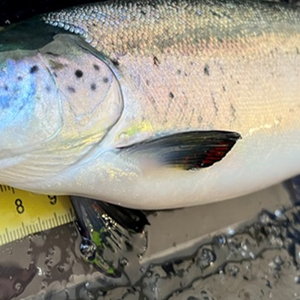The domestic production of various aquaculture products and the increasing importance of farm-raised fish, shellfish, and mollusk imports point towards aquaculture production being the driving force in terms of production and pricing for a growing number of seafood markets in the coming years says the ERS-USDA Aquaculture Outlook released today.
Examples of this are the tremendous consumption growth seen in such diverse markets as tilapia and mussels. Tilapia supplies, be they from domestic sources or imported products, are made up almost entirely of farmed production. The growing consumption of mussels in the United States has also been satisfied primarily from increased production of farmraised
products.
As most aquaculture industries have expanded, among the problems they face are over-production and declining real prices for their products. For most wild-harvest fishing industries, expansion would likely lead to problems with overfishing, essentially a reduction of their resource base, and higher product prices. Although faced with numerous obstacles, the ability of aquaculture industries to increase the efficiency of operations while avoiding the problem of overfishing means that aquacultural production is the most viable option to meet rising worldwide demand for many species.
For the complete Aquaculture Outlook report, download here from the ERS-USDA










